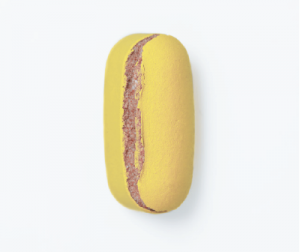Quality by Design (QbD) Approach to Match Tablet Glossiness

A quality by design (QbD) approach was used for a PVA-based coating to develop a “look-alike” placebo tablet, which can match the glossiness (shine) of an innovator tablet. Critical coating parameters such as exhaust temperature, drying capacity, solid concentration in coating dispersion, and plasticizer concentration were studied using a full factorial DoE. Total of 20 experimental coating runs were executed on a pilot scale using a perforated pan coater. Coated tablets were evaluated visually against the innovator product by a panel of 13 volunteers using an individual questionnaire about the tablet appearance. The tablet appearance included factors such as tablet surface shine, surface roughness, and logo bridging. These data were analyzed using JMP software. Solid concentration in coating dispersion and drying capacity were found to be the key contributing parameters for tablet surface shine. Human observations were more discerning in spotting subtle differences in tablet appearance than Munsell evaluation. By the judicious selection of a solid concentration in coating dispersion and drying conditions, a look-alike placebo tablet was successfully developed. Change in tablet shape or size did not affect the tablet shine. However, replacement of PVA-based coating with HPMC-based coating resulted in reduced shine irrespective of tablet shape and size. Continue reading on QbD approach on tablet glossiness
Keywords: PVA-based film coating, HPMC-based film coating, QbD, Tablet surface shine, DoE
Access the list of Film Coating products here:
10 Errors that can occur during the coating process and how to avoid them



